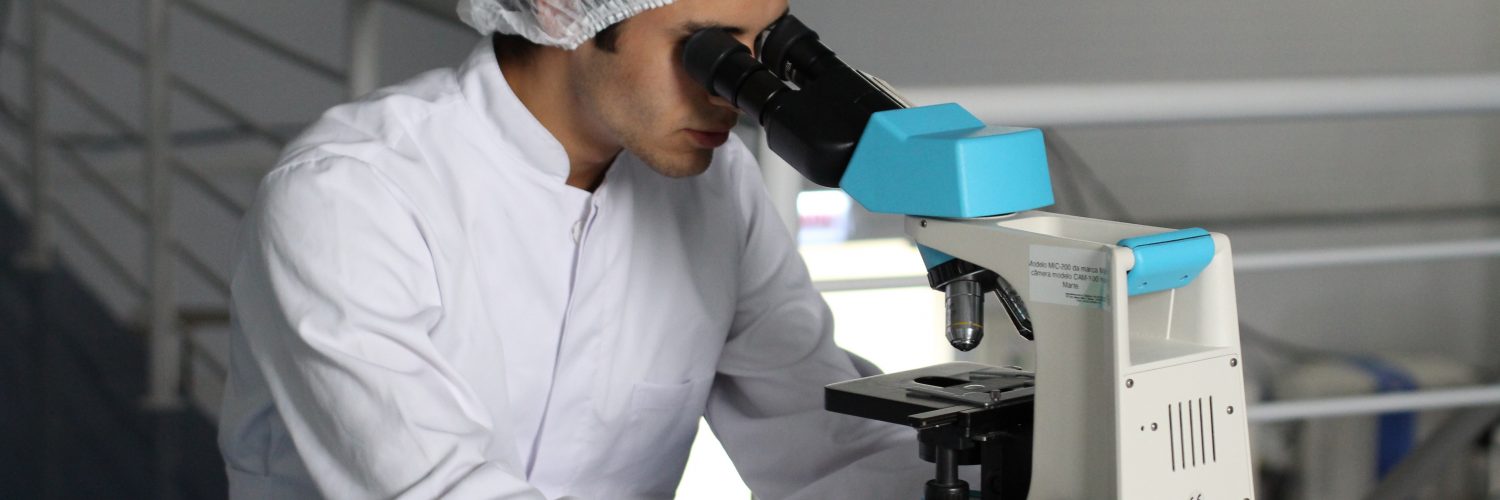Marketers Trend Report
It’s been a decade or so of batting words such as “nimble” and “agile” around budget-planning meetings, but it’s finally working: Healthcare marketers are getting faster on their feet. And with 2020 shaping up to be a year of cyclonic change, they believe they are buckled in and ready to face the storm.
Marketing budgets are up, with the MM&M/Elevate Healthcare Marketers Trend Report showing a 16.3% increase in 2019 spending, compared to a 26% increase in 2018. And respondents are flexing: Almost half, 46%, say they shook up an existing marketing campaign last year, revising strategy and spending to make it more effective.
This year’s report, a proprietary survey of director-level-and-up pharma, biopharma and device marketing execs, reveals an industry rethinking its priorities. It’s shifting more resources toward patients and consumers and less toward providers.
“While that’s been true over the last five years or so with the rise of patient-centricity, this year reputation is more top-of-mind,” says Carolyn Berg, head of commercial at Cipla Specialty Division USA. “There have been so many scandals and bad pricing practices in the news that it calls for a little more focus. It means putting yourself out there in a better light and in a way that says, ‘We know that’s happening, but we are not part of that.’”
Marketers are also sharpening the analytic knives that divvy up spending. While sales reps still account for the biggest percentage of companies’ overall marketing budgets, only 34% say they are increasing spending in that category. Instead, they’re flocking to newer approaches, with video, content marketing, SEO and social media all benefiting.
Overall, average marketing budgets rose to $12.5 million, up 16.3% from the prior year. That compares with a 26% surge in budgets in last year’s survey and 7% the year before that.
While the industry has long since embraced the digitization of healthcare, the shifts show stepped-up adoption of tactics that build on that. “Stakeholder behaviors and marketing consumption habits have evolved,” says Nitin Kumar, associate director, nephrology consumer marketing, at Otsuka America Pharmaceutical. “We’ve got to meet them where they’re at versus where we’re hoping they are. Banking on the old reliables like print, TV or radio is a losing strategy in 2020.”
And while companies are well aware of the potential impact of the presidential election and shifting Food and Drug Administration regulations, they’re not quaking in their boots. Many are optimistic — and likely to say they view threats as opportunities for growth.
A quick look may give the impression that not much is changing with the overall division of spending. But beneath the surface, there’s plenty of flux, with marketers leaning harder into spending on patients and consumers.
About 57% of respondents say they’re spending more on this audience than in the prior year. Some 50% have upped outlays for physicians and specialists, while 41% are ponying up more to reach payers.
However, those gains come at the expense of dialed-down budgets for pharmacists: 13% are lowering that sum, 13% are trimming outlays for NGOs and advocacy groups and 12% are spending less to reach shareholders and investors.
Marketers are also rethinking the balance between investing in sales reps versus non-personal promotion, with more than half — 52% — adjusting that ratio in 2019. Some 60% are boosting spending toward sales reps, while 40% are tilting toward NPP. Those efforts include stepped-up email programs (83%), geofencing (61%) and white-space targeting (49%.) And virtually all respondents answering the question — 98 — intend to continue that reallocation in 2020.
There’s a pronounced swing away from unbranded communication, with just 36% of respondents saying they are increasing spending, versus 11% cutting it. Among marketers paring back, 65% say they’ll do so because, to quote the survey’s own language, “Budgets are limited, and I am not willing to forgo the enhanced share of voice I get through branded communications.”
That stems from pragmatism, as 73% of respondents report that branded efforts boost market share, 68% say they up the return on investment and 66% report their company has an appetite for it. Only 32% believe unbranded efforts are very effective in boosting share, while just 28% believe it helps ROI.
Overall, flexibility is becoming more valued. “One example is that we’re now looking for things like step-back clauses in our patient recruitment campaigns,” says Berg, which allow companies to bail out of efforts that aren’t delivering. Underperformance ranks as the top reason marketers say they have shifted course midstream, followed by access issues and indication changes.
Another sign marketers are becoming more agile? They’re less afraid to admit that, in essence, they have an ideas deficit. Of the 35% who say they have increased their use of consultancies (whether that means working with the Big 5 or the dozens of boutiques courting them), 57% say they did so specifically to shake up existing teams and thinking.
But for the most part, this year’s respondents are content with the work they get from existing partnerships. A solid 63% of those who didn’t work with consultants in 2019 say it’s because they are happy with their marketing strategies and creative partners.
To that end, some 47% increased spending with AOR partners. And among those who turned to consultants, just 38% say they did so because they felt their agency had delivered a subpar performance. A further sign the AOR relationship is alive and well? Only 3% of respondents say they decreased spending with AOR partners.
Notable shifts came in the ongoing intensification of digital spending. Overall, 42% of marketers say they’ve upped spending on social media, 40% on paid digital ads, 36% on search engine optimization, 35% on websites and microsites and 33% on content.
And while 17% have cut back on print, TV and radio in their overall budgets, it’s worth pointing out that, when it comes to consumer-focused spending, those standbys are faring well. About 53% say they’ve upped spending on good old-fashioned radio, 47% on TV and 53% on out-of-home advertising.
The ongoing shift to digital is more pronounced when combing through budgets aimed specifically at healthcare professionals, with 69% saying they used more digital ads in 2019. Similarly, 68% have turned up the volume on social media.
“Following digital industry trends, mobile devices and tablets will eventually account for more internet access than desktop computers,” says Ihab Judeh, digital content marketing manager for Epic Sciences, a cancer diagnostics firm. “With this substantial growth, many biotech companies have developed a strong presence in the digital space. As personal engagement decreases, non-personal engagement increases.”
While many of the hot-button issues identified by respondents are familiar — honestly, when hasn’t the industry had heartburn over fears of recession or merger-mania? — several stand out. None looms larger than the continued pressure from payers and managed care, with 65% describing this as either somewhat or extremely challenging.
Sanarus, a small medical device company, offers a good example. “We’re active in minimally invasive cryoablation for breast cancers,” says COO/CTO Matt Nalipinski. “It’s been a challenge to make sure physicians get adequate compensation, even as cryoablation is more accepted in areas such as renal, liver and prostate cancers.”
The molasses-like process of clinical development ranks second, with 59% saying they find it to be a continued challenge, making it even tougher to introduce competitive products. For example, in oncology “the standard of care is very high, so the chances of developing a drug that can beat the existing competition are low,” Judeh explains. “Marketers must be willing to be the drivers in this new business environment. As the bridge between developers and users, it’s up to marketers to position the products, do the research and push their therapies into leadership positions.”
Smaller launch budgets (mentioned by 56%) and changing FDA guidelines (54%) also rank as major obstacles.
And in a year when consumers can expect to be blasted with a record $10 billion in political ads, respondents are well aware that many of them will target the industry, whether on single-payer healthcare or drug price-gouging.
In that context, it’s no surprise 47% of respondents say mainstream media’s coverage of the industry is a substantial problem.
“The amount of healthcare misinformation and fake news that’s out there is deeply concerning,” says Kumar. “I strongly believe that it’s upon us, as good stewards of our brands, to make a concerted effort to understand this issue, its origins and how it spreads, and work within the regulatory framework to come up with solutions to best contain it.” He acknowledges that, on the media side, he’s seeing “promising steps being taken by both publishers and media platforms, including fact-check tools and brand safety. I’m hopeful we’ll soon see some robust, safe and compliant standards that will emerge from these efforts.”
But many view some of those same threats as presenting significant opportunities. Nalipinski says that even with the uncertainty surrounding the Affordable Care Act, his company sees “so much opportunity in minimally invasive technologies. When physicians can get in front of the disease, particularly in the early stages, there are tremendous cost savings.”
Some 63% say behavioral change among customers is their biggest ticket to growth, while 53% believe the related growth of consumerism in healthcare will open doors. Some 60% see promise in patient engagement and 57% think emerging markets and social media will pave the way for future wins. A final 47% say continued pressure from payers and managed care will somehow stimulate growth for their firm.
Many are aware that looming changes just may lead the industry into a whole new era, begrudgingly or otherwise. “Marketers are going to have to be willing to reinvent themselves,” says Judeh. “Finding new and innovative ways to market products going forward is not going to be easy.”
Methodology
Survey link was sent in an email to about 61,000 contacts, with respondents screened to ensure status as healthcare marketing professionals who reside in the U.S. A total of 195 healthcare professionals completed the online survey in February 2020. Results are not weighted and are statistically tested at confidence levels of 90% and 95%.
The post MM&M/Elevate Healthcare Marketers Trend Report: Budgets up 16%, industry optimistic about growth opportunities appeared first on MM&M – Medical Marketing and Media.







![Design thinking als contentmarketeer inzetten [voorbeelden & tips]](https://www.pharmamarketeer.nl/wp-content/uploads/2024/11/business-team-working-in-a-start-up-office-2023-11-27-05-22-22-utc-1-80x60.jpg)


